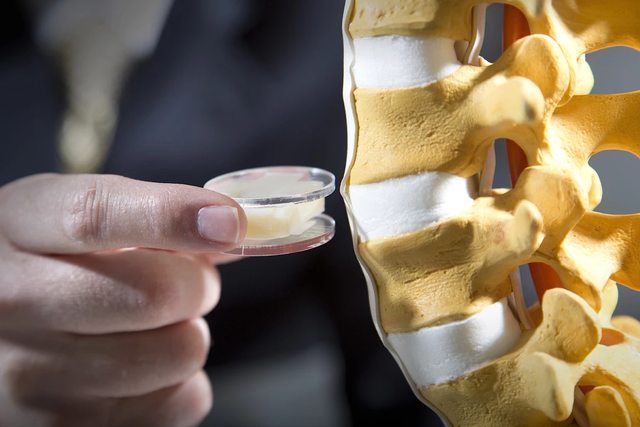Bionic Back: How Artificial Discs Are Quietly Revolutionizing Spine Health
If you’ve ever thrown out your back from sneezing, tying your shoe, or simply existing past age 30, congratulations — you’re a proud member of the Spinal Complaint Club. We meet on heating pads and talk about the weather because most of us can’t twist enough to look out the window anymore. But what if your spine didn’t have to act like an old dial-up modem every time you tried to move?
Enter: artificial disc replacement surgery — the underdog of back procedures, quietly changing lives while other treatments hog the spotlight like diva influencers. Unlike spinal fusion (which literally welds your vertebrae together like a medieval blacksmith job), disc replacement is more like giving your spine a sleek new joint — modern, mobile, and far less angry.
Wait, Bionic? Like RoboCop?
Well, sort of. Artificial discs are not full-on robot parts (yet), but they are custom-engineered implants designed to mimic the movement and flexibility of your natural spinal discs — minus the drama, pain, and crunching. Think of it like upgrading from flip-flops to shock-absorbing sneakers that your spine wears 24/7.
In other words, you’re not becoming a robot — you’re just getting a better warranty.
Why Disc Replacement Is the Coolest Surgery You Didn’t Know You Needed
While some people are busy Googling “hair transplant doctor” in a midlife crisis frenzy, others are silently sneaking off to get disc replacements and coming back two inches taller and able to touch their toes again. The best part? No one even notices. There’s no neck brace, no spine cast (thank God), and often, less downtime than binge-watching two seasons of your favorite show.
You might walk into the OR like the Tin Man and leave feeling like a freshly oiled machine. That's not hype — it's real, scientifically-backed, pain-reducing, range-of-motion-restoring magic.
But Why Bother? I Can Just Complain About My Back Like Everyone Else.
Sure, you can continue the noble tradition of blaming your back pain on the weather, your office chair, or that one dance move from 2009. But chronic back pain affects everything — your sleep, your mood, your digestion, your ability to tie your shoes without swearing at gravity.
And it’s sneaky. One day you're passing on pickleball because of a “little twinge,” and the next one you're asking Siri for the disc replacement surgery because your back hurts too much to leave the house, so you’re just Googling things out of fear you may need one now.
Disc replacement might not get you abs, but it will absolutely get you something better: the ability to sit, stand, and live without constantly negotiating with your vertebrae like they're union reps on strike.
What If It’s Too Extreme for Me?
Spoiler alert: it's probably not. Surgeons today use minimally invasive techniques, meaning smaller incisions, less muscle drama, and faster healing times. Plus, artificial discs aren’t reserved for elite athletes or yoga instructors with titanium spines. They’re for people who want to actually live — not just “manage” their pain with daily ibuprofen smoothies.
Besides, if you’re brave enough to let someone poke needles into your scalp to fix your receding hairline, you can definitely handle a consultation about your back.
Do It for Your Future Self
Picture this: you, five years from now, effortlessly bending down to pick up your grandkid, your phone, or your dignity after tripping in public. No grunting, no back brace, no need to awkwardly roll sideways off the couch like a turtle.
Artificial disc replacement is the kind of quiet heroics your future self will thank you for — right after you help them carry groceries without turning into a human question mark.
Because let’s face it: you’re too young to feel this old.
